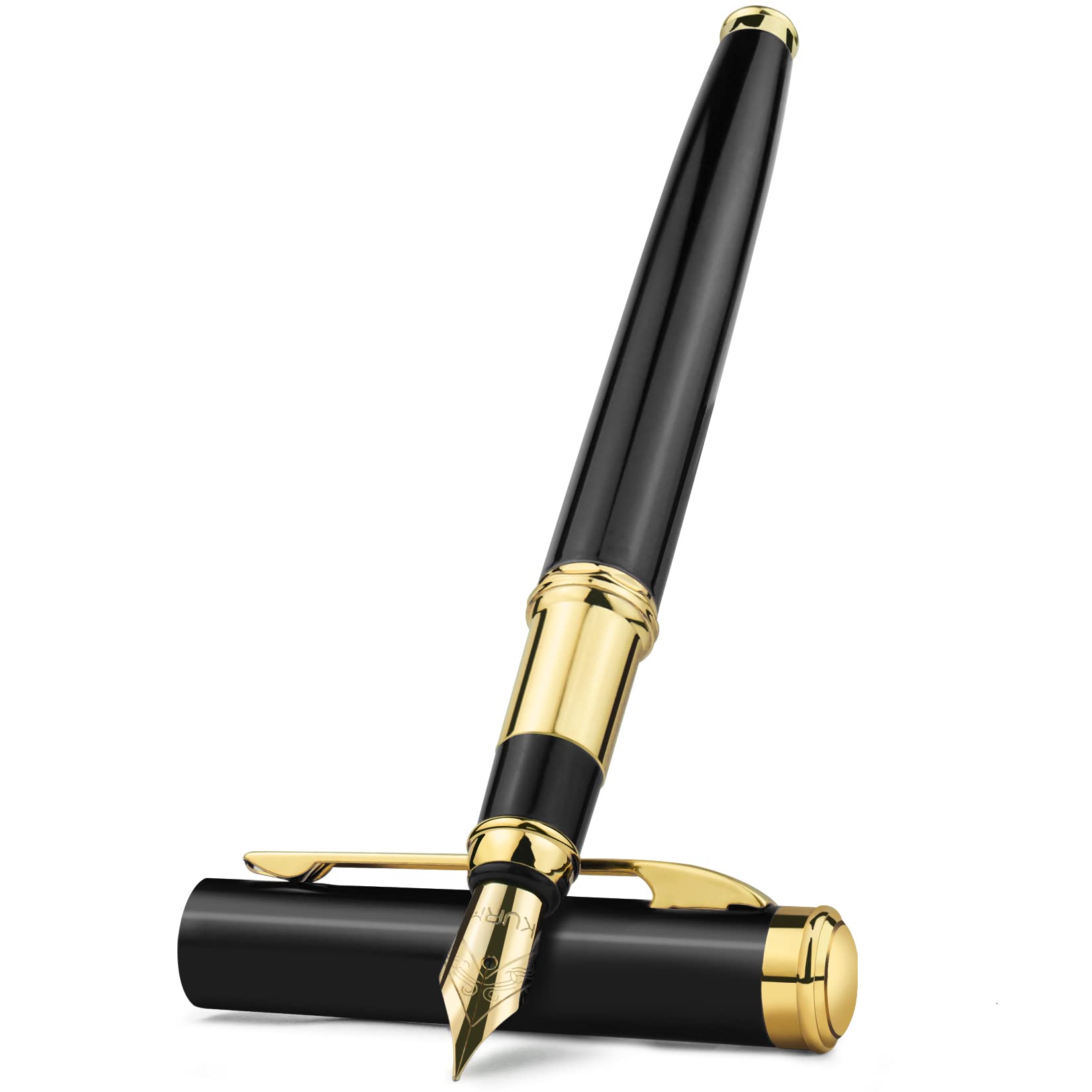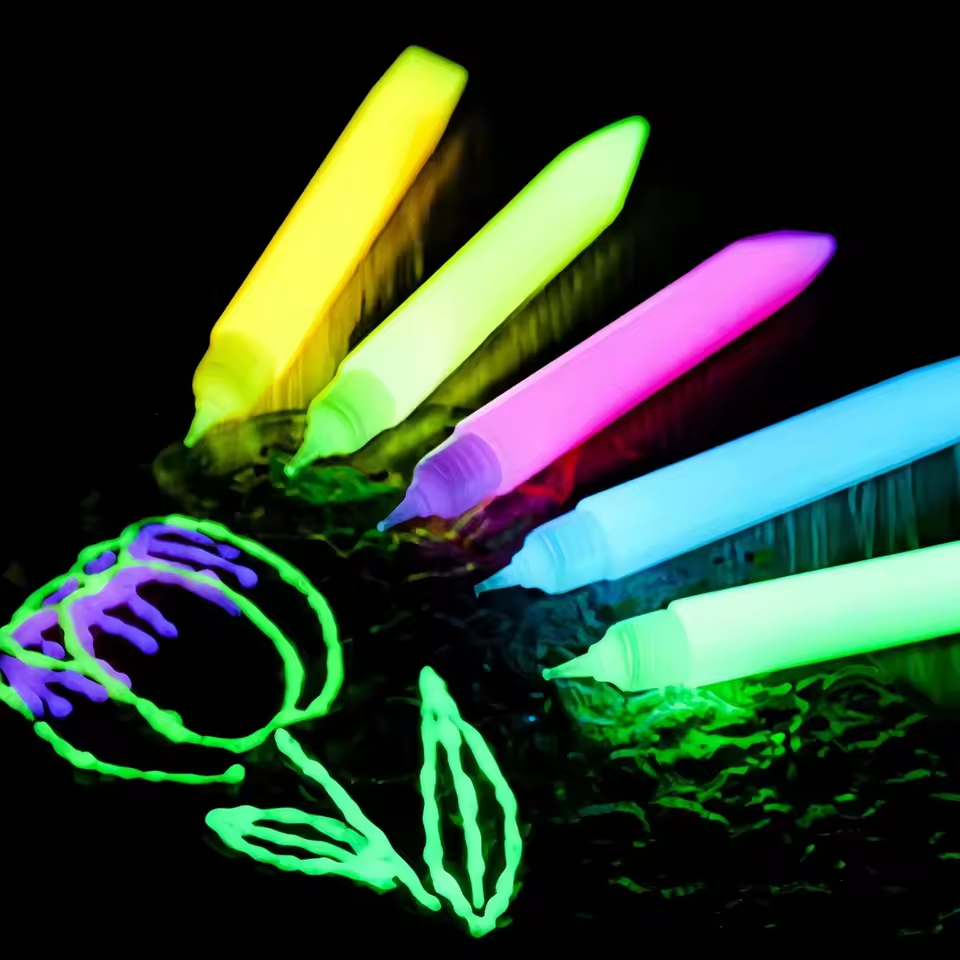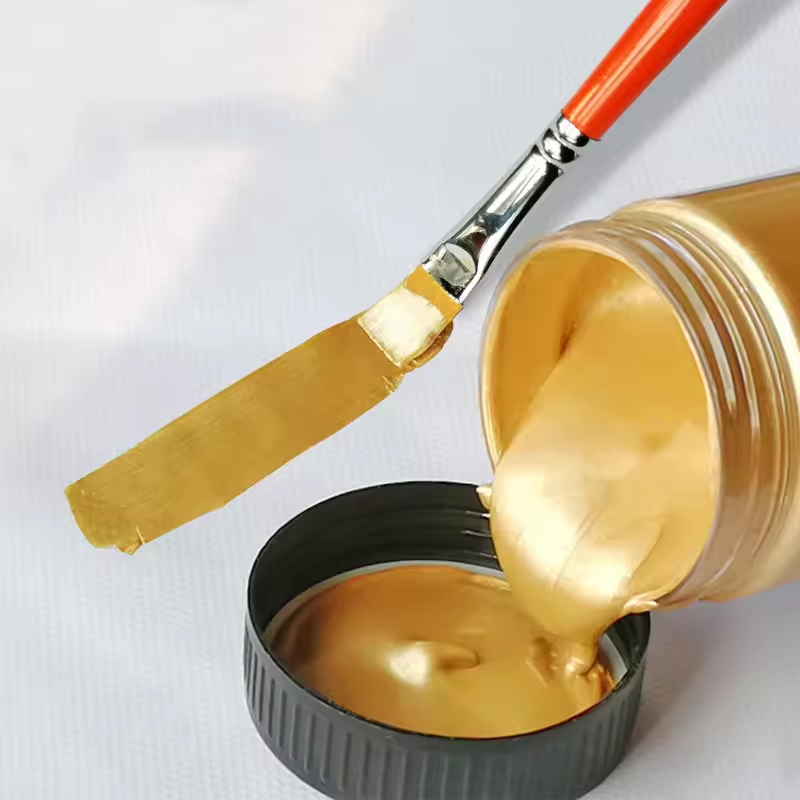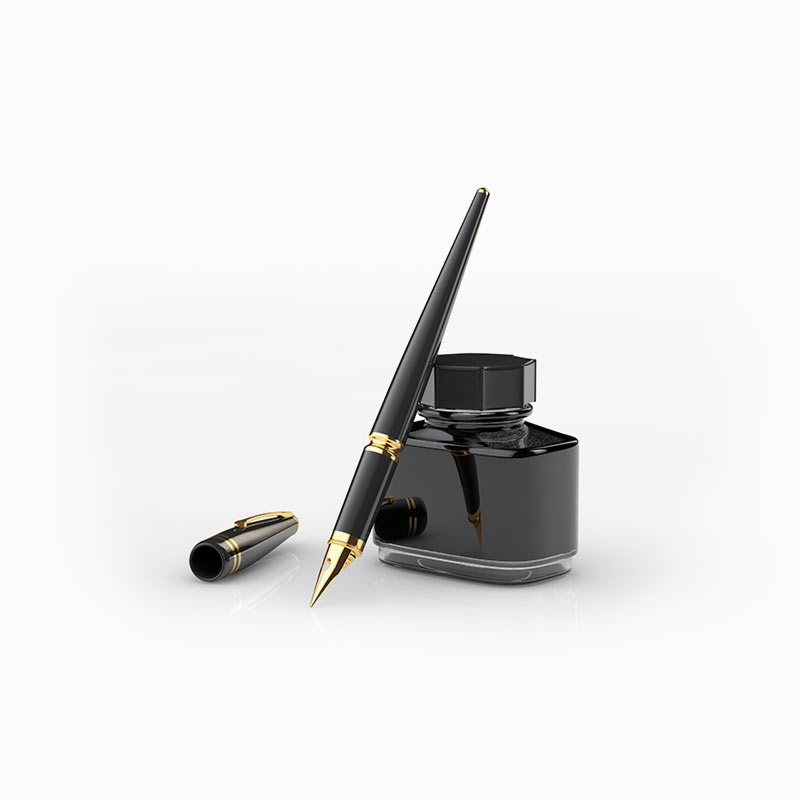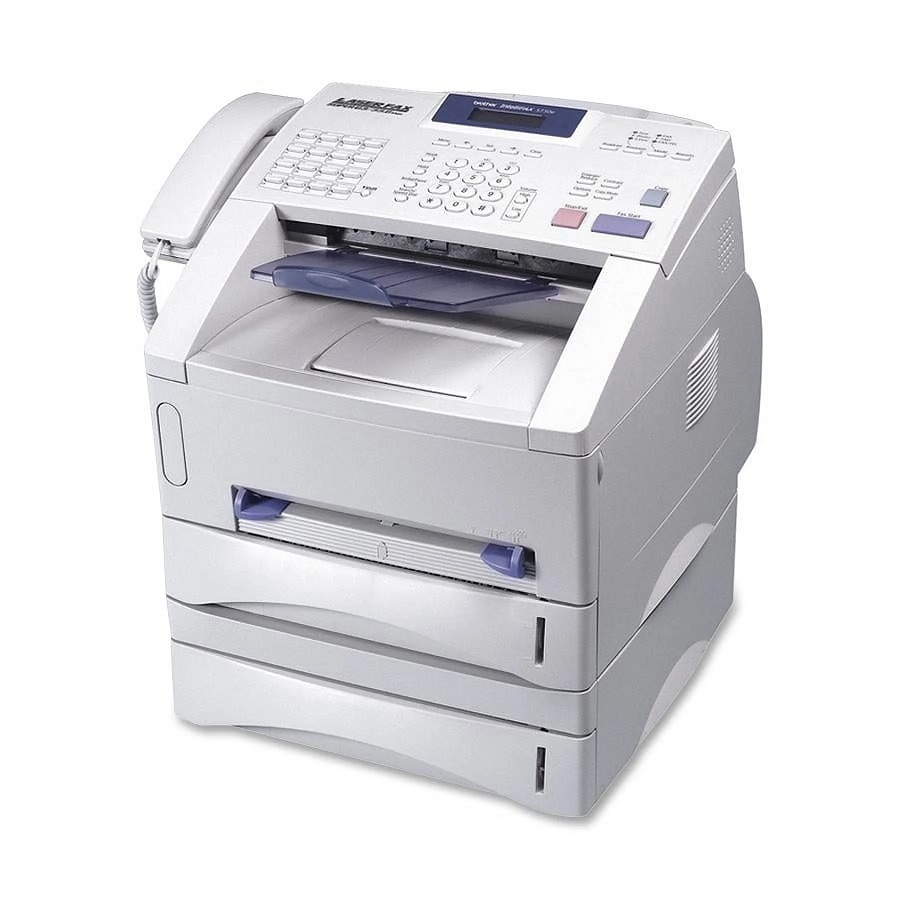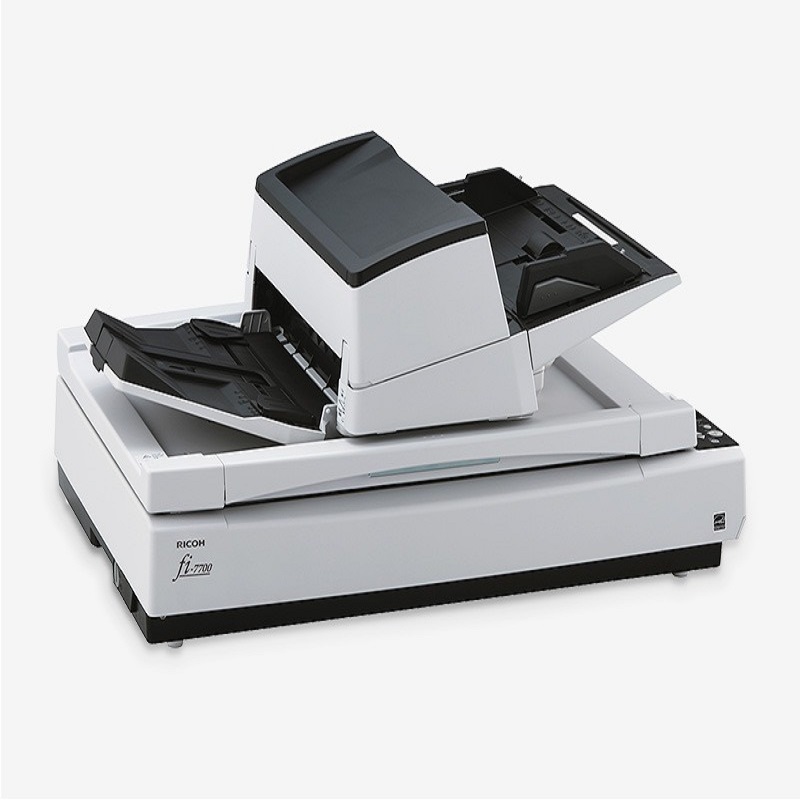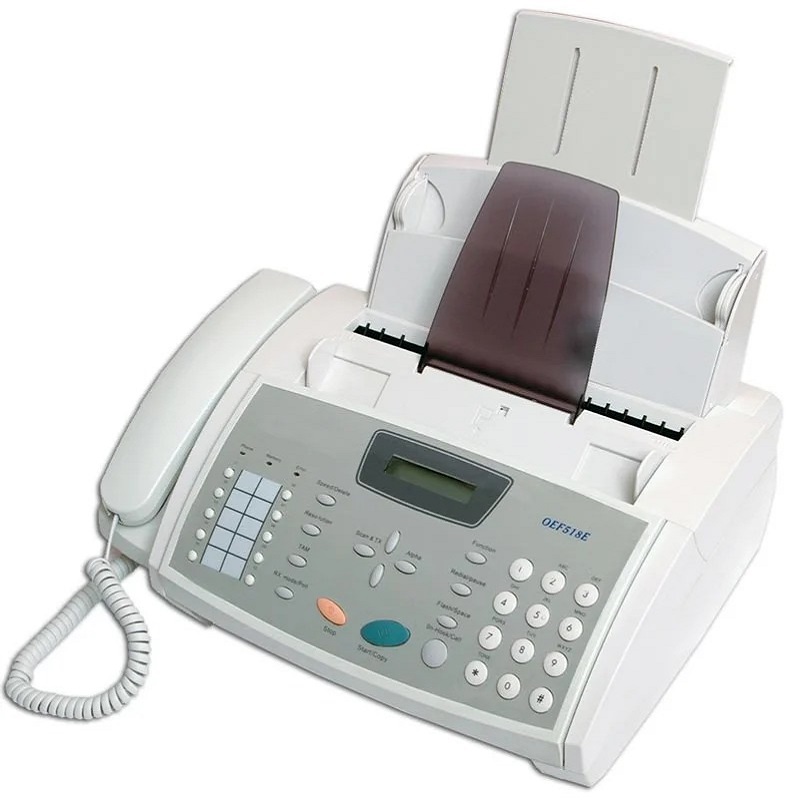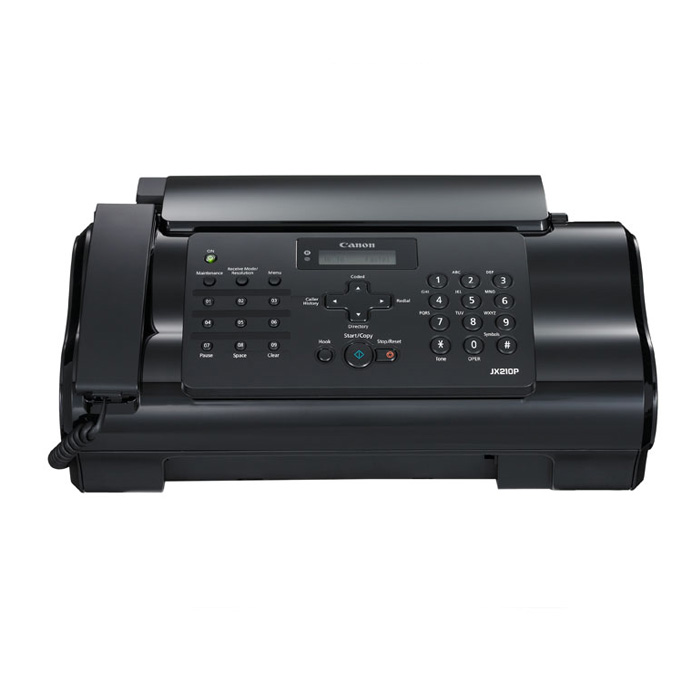Ink pen come in various styles and designs, offering a wide range of choices for those who prefer writing with traditional tools. From classic fountain pens to modern gel pens, there is a pen style to suit everyone’s taste and writing preference. In this article, we will explore the different styles of ink pens available on the market, their unique features, and the writing experience they offer.
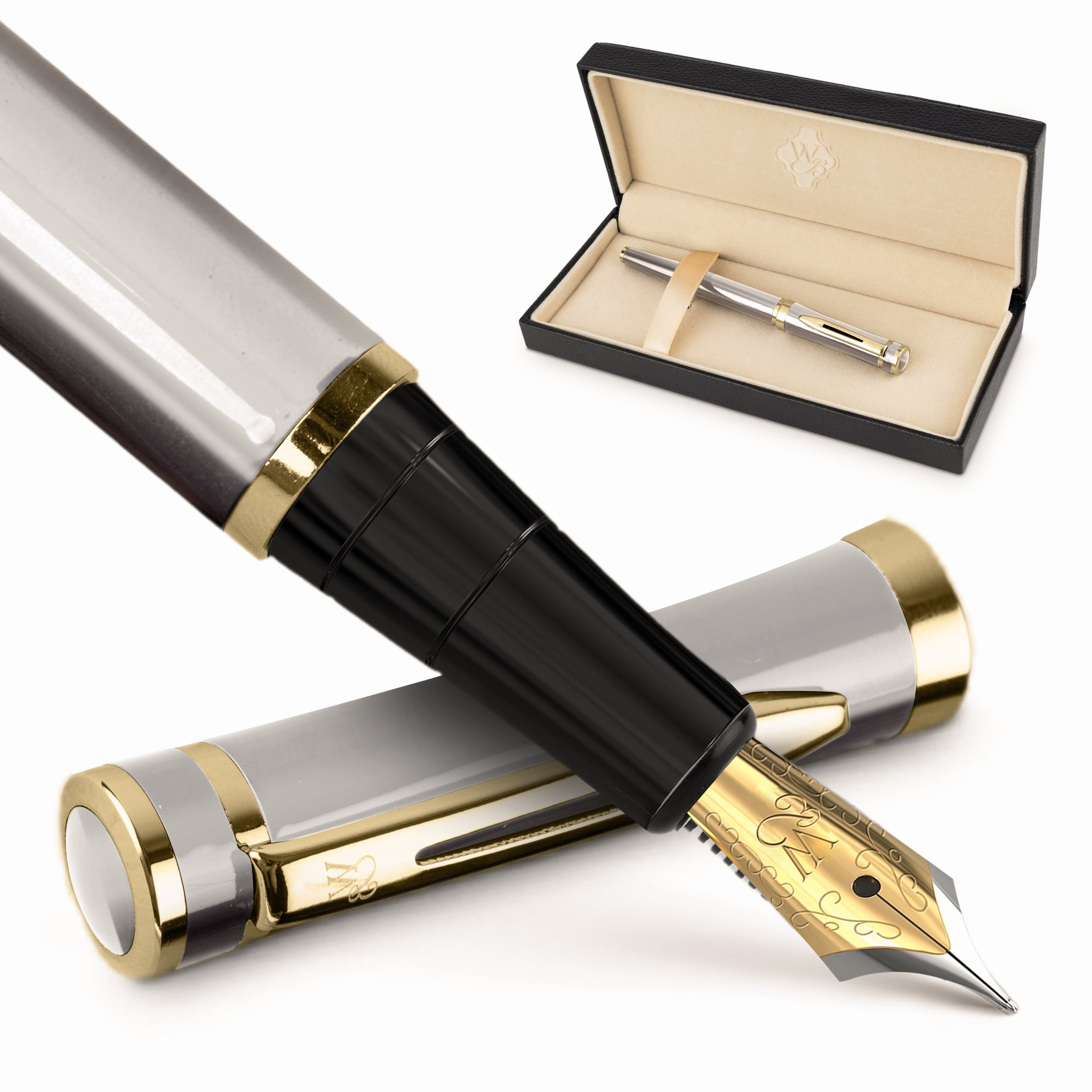
Fountain Pens
Fountain pens are a timeless classic, prized for their elegant design and smooth writing experience. These pens feature a nib that draws ink from an internal reservoir and dispenses it onto the paper as the writer applies pressure. Fountain pens come in a variety of styles, from sleek and modern to ornate and vintage-inspired. They are often considered a symbol of sophistication and are favored by many for their expressive and luxurious writing experience.
Rollerball Pens
Rollerball pens are known for their smooth and fluid writing style. Unlike traditional ballpoint pens, rollerball pens use water-based ink, which allows for a more effortless and comfortable writing experience. The ink flow is consistent, and the lines are generally finer, making rollerball pens a popular choice for those who value precision and ease of writing.
Ballpoint Pens
Ballpoint pens are perhaps the most common style of ink pen available. They are appreciated for their convenience, reliability, and longevity. Ballpoint pens use a small rotating ball to disperse oil-based ink onto the paper, offering a quick-drying and smudge-free writing experience. They are available in a wide range of designs, colors, and sizes, making them a versatile choice for everyday use.
Gel Pens
Gel pens have gained popularity for their vibrant and expressive writing capabilities. These pens use a gel-based ink that delivers bold and vivid lines, making them an ideal choice for creative projects, note-taking, and journaling. Gel pens are available in an array of colors and tip sizes, allowing writers to personalize their writing style and add flair to their work.
Calligraphy Pens
Calligraphy pens are designed specifically for creating beautiful and decorative lettering. These pens feature a broad, angled nib that allows for varying line widths and intricate strokes. Calligraphy pens are favored by artists, hobbyists, and professionals who enjoy the art of handwriting and seek to elevate their written expressions.

Brush Pens
Brush pens combine the precision of a pen with the versatility of a brush, offering a unique writing experience that can produce a variety of line widths and textures. These pens are commonly used for calligraphy, illustration, and fine art, as they allow for expressive and dynamic strokes that traditional pens cannot replicate.
Quill Pens
Quill pens harken back to a bygone era when writing instruments were handcrafted from feathers. While modern quill pens are often made from synthetic materials, they maintain the classic design and nostalgic charm of their predecessors. Quill pens are favored by history enthusiasts, writers, and artists who appreciate the tradition and elegance of using an antique-style writing instrument.
Highlighter Pens
Highlighter pens are designed for marking and emphasizing important text in documents, books, and notes. These pens use a translucent ink that is brighter and more vibrant than traditional inks, making it easy to spot and emphasize key information. Highlighter pens are available in various tip sizes and colors, offering a practical and effective tool for studying, organizing information, and annotating text.
How to use ink pen
Ink pens have been a staple writing tool for centuries, offering a certain elegance and sophistication to the act of writing. Whether you’re signing important documents or simply jotting down your thoughts, using an ink pen requires a certain level of finesse and care.
Types of Ink Pens
Before delving into the usage of ink pens, it’s important to understand the different types that are available on the market. There are primarily two types of ink pens: fountain pens and ballpoint pens.
Fountain Pens
Fountain pens are a classic choice for those who appreciate the aesthetic appeal and smooth writing experience they provide. They use a refillable reservoir of ink, which is then delivered to the paper via a nib. Fountain pens require a more delicate touch and a bit of practice to get used to, but many find them to be a joy to use once they have mastered the technique.
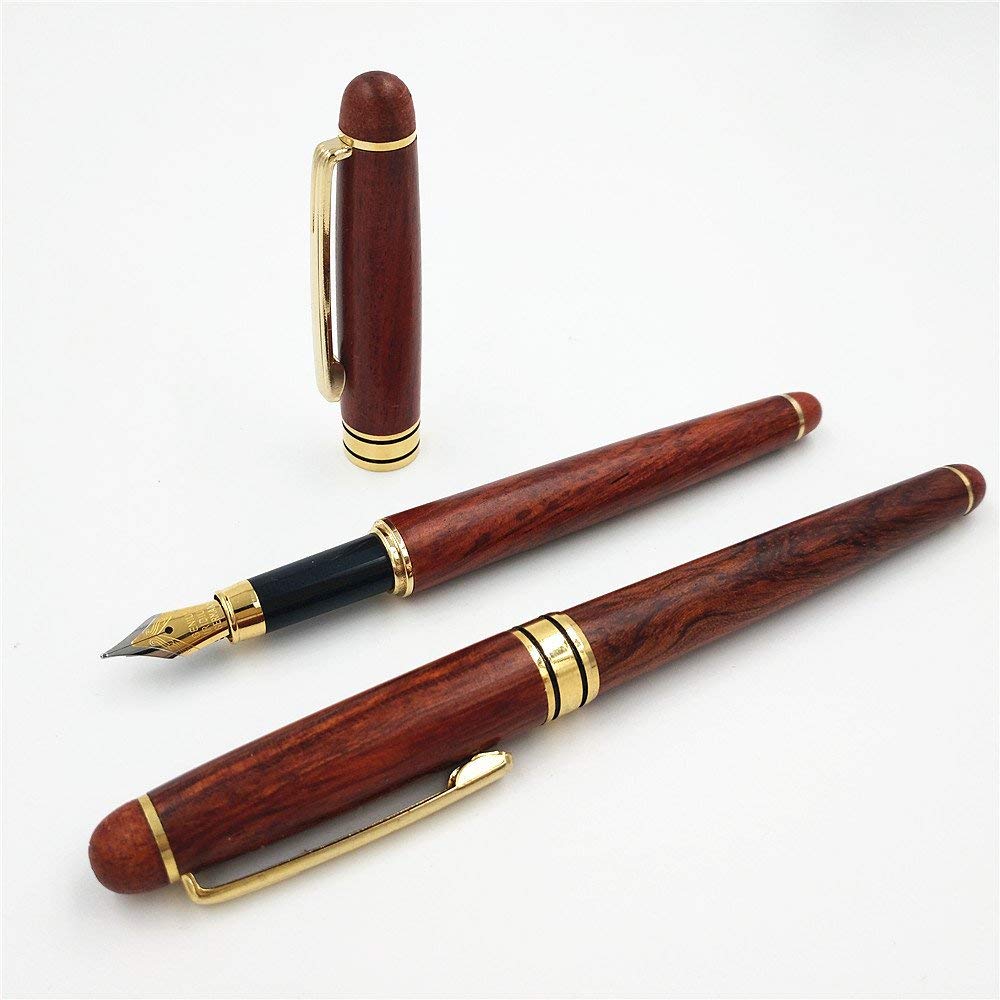
Ballpoint Pens
Ballpoint pens, on the other hand, are a more practical and low-maintenance option. They use a small rotating ball at the tip to dispense ink, which dries quickly and is less prone to smudging. Ballpoint pens are a popular choice for everyday writing tasks due to their convenience and reliability.
Using an Ink Pen
Now that we have a basic understanding of the types of ink pens available, let’s explore the proper way to use them.
Holding the Pen
When using an ink pen, it’s important to hold it correctly to ensure a smooth and consistent flow of ink. For fountain pens, hold it at a slight angle to the paper, allowing the nib to make contact without applying excessive pressure. For ballpoint pens, a more upright grip is suitable, with the ballpoint making direct contact with the paper as you write.
Applying the Right Pressure
One of the most common mistakes when using an ink pen is applying too much pressure, which can lead to ink blobs, smudges, and even damage to the nib or ballpoint. Instead, focus on applying a light, even pressure as you write, allowing the pen to do the work for you.
Writing Motion
When using a fountain pen, aim for a smooth, flowing motion as you write. Avoid pressing too hard or making abrupt stops and starts, as this can disrupt the ink flow and result in an uneven script. With ballpoint pens, a slightly quicker writing motion is generally preferred to prevent smudging.
Allowing Ink to Dry
After writing with an ink pen, it’s important to allow the ink to fully dry before handling the paper. This is especially crucial for left-handed writers, as the risk of smudging is higher. Be patient and let the ink set before turning the page or closing a notebook.
Maintaining Your Ink Pen
Proper maintenance is essential for keeping your ink pen in good working condition. Here are some tips for taking care of your ink pen:
Cleaning the Nib or Ballpoint
For fountain pens, regularly cleaning the nib is essential to prevent ink from drying and clogging the mechanism. Use a mild detergent and warm water to gently clean the nib, then rinse and dry thoroughly before refilling with ink. Ballpoint pens can also benefit from occasional cleaning, particularly if they become clogged or stop working properly.
Storing the Pen
When not in use, store your ink pen in a protective case or pouch to prevent damage to the nib or ballpoint. Avoid leaving the pen exposed to excessive heat or direct sunlight, as this can affect the quality of the ink and the performance of the pen.
Refilling the Ink
Fountain pens require regular refilling of ink. So be sure to have spare cartridges or a bottle of ink on hand. Follow the manufacturer’s instructions for refilling your particular pen model. And take care to avoid spilling ink on yourself or your surroundings.
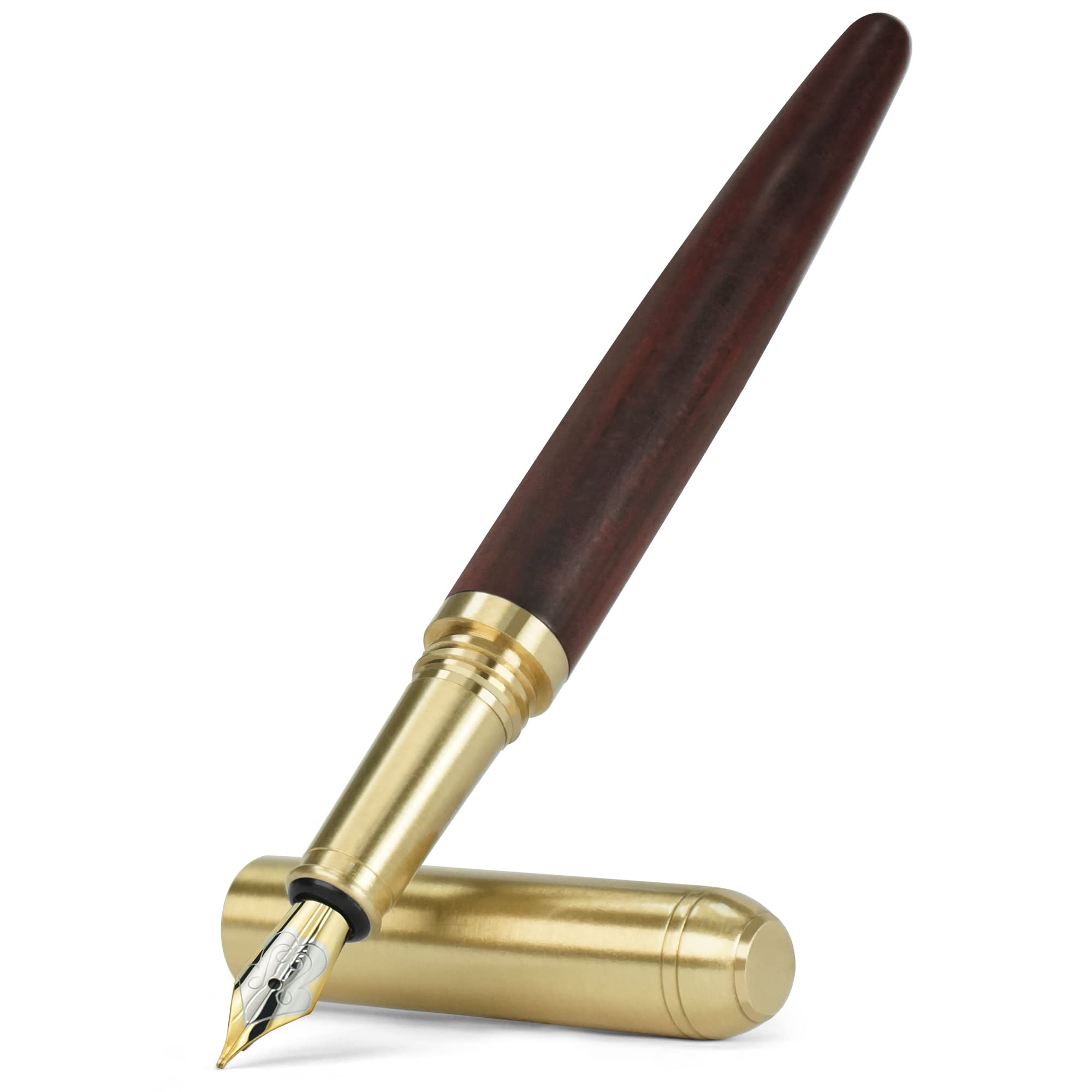
Advantages of ink pen
Smooth Writing Experience
One of the primary advantages of using an ink pen is the smooth writing experience it offers. Unlike ballpoint pens, which require pressure to produce a legible line. Ink pens glide effortlessly across the page. Allowing for a more natural and comfortable writing experience. This not only reduces hand fatigue, but also results in neater and more consistent handwriting.
Variety of Ink Colors
Ink pens are available in a wide range of colors, making them an excellent choice for artists, designers, and anyone who enjoys adding a pop of color to their writing. Whether you prefer classic black or want to experiment with vibrant shades, there is an ink pen to suit your preferences. This versatility makes ink pens a popular choice for creative endeavors and personal expression.
Durability
Another key advantage of ink pens is their durability. Unlike disposable ballpoint pens. Which can run out of ink or break easily, ink pens are built to last. Many models are refillable. Allowing users to replace the ink cartridge when it runs dry. And are made from high-quality materials that can withstand heavy use. This makes ink pens a cost-effective and environmentally-friendly choice for those. Who write frequently.
Conclusion
With so many styles of ink pens to choose from. There is undoubtedly a pen to suit every preference and writing need. Whether you prefer the classic elegance of a fountain pen. The vibrant color options of a gel pen, or the practicality of a ballpoint pen. The diverse range of ink pens available provides something for everyone. Each pen style offers a unique writing experience. Allowing individuals to express themselves and create with precision and creativity. No matter the style, ink pens continue to be cherished for their timeless appeal and ability to capture the art of handwriting.
